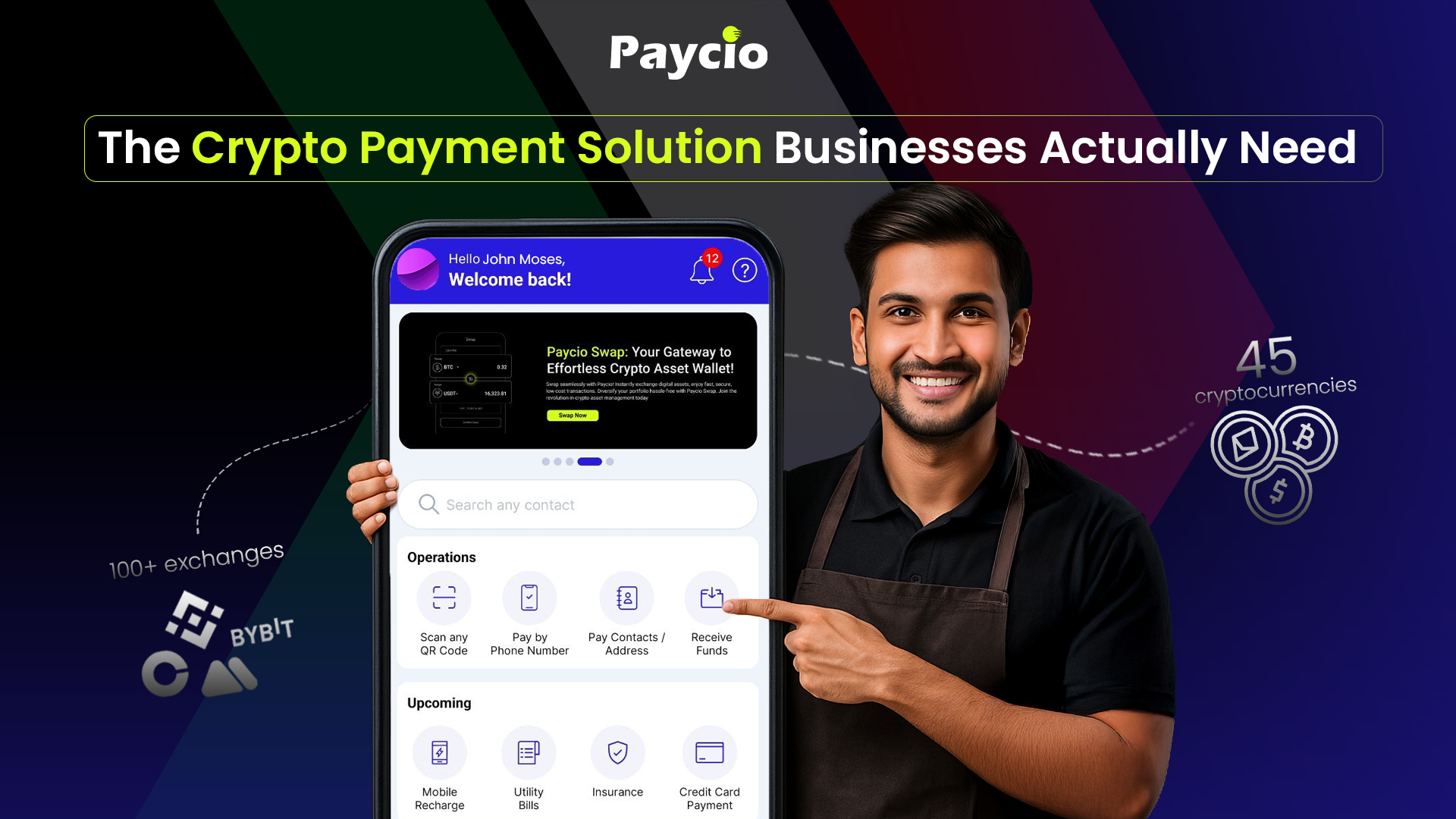
Cryptocurrency payments are often marketed as a seamless and borderless system, yet the payment infrastructure remains broken and unreliable. When transfers fail, users are left with no customer service or get the money refunded.
The difference between crypto’s potential and what it is now creates obstacles for individual users and businesses: 42-character crypto wallet addresses, dealing with different networks, and the fear of transaction errors. These issuesrepresent fundamental design flaws.
The Payment Infrastructure Problem
With traditional payments, one can easily fix errors, get help from customer support, or even reverse a transaction. Crypto payments don’t usually offer any of these, thus making people unsure of using them. And the absence of any standardized protocols means exchange, wallet, and payment processor have their own way of doing things. Users have to learn different systems for each transaction, which is frustrating.
Introducing UCPI: A Better Way to Pay with Crypto
Paycio’s Unified Crypto Payments Interface (UCPI) is a response to these issues. Instead of complicated wallet addresses, the system offers “uniform identities” using the user@exchangeformat.
Each UCPI transaction contains sender verification, platform identification, and compliance status. This dusts away the cloudiness in crypto transfers to make way for clear, trackable payment flows without compromising the idea of decentralization.
What Can UCPI Do?
The protocol can automatically handle settlements across different blockchains. When someone makes a payment, UCPI selects the right network, verifying the address, and routing the transaction. The user isn't required to have any technical knowledge.
How UCPI Helps Businesses
Data shows that UCPI makes a real difference for businesses.
Organizations report a significant increase in payment completion rates. Additionally, many businesses have experiencedreductions in payment processing costs and also benefit from a reduced integration timeline.
The protocol improves efficiency and cuts down on the number of support tickets related to payments. From a security perspective, participating businesses maintain high transaction success rates with complete identity verification on all transactions, while reporting no fraud losses.
The Future of Crypto Payments
UCPI is an important piece of the puzzle for crypto adoption. It's like SWIFT for international banking or UPI for digital payments in India. These days, companies that can handle crypto payments smoothly have a leg up on the competition.
Implementing a standard crypto payment system early on can give businesses an advantage. They can offer a better payment experience, lower their costs, and reach more customers.
Get Started with UCPI
UCPI offers APIs and resources for developers to integrate the system. There's a sandbox environment for testing, along with technical documents and support services. If you're interested in implementing UCPI, visit: https://www.paycio.com/en/UCPI
For questions about the protocol, contact [email protected].
UCPI offers APIs and resources for developers to integrate with the system. There's a sandbox environment for testing, along with technical documents and support services. If you're interested in implementing UCPI, visit: https://www.paycio.com/en/UCPI
For questions about the protocol, contact [email protected].
According to Dr. S. Sunil Singh, Paycio’s founder and CEO: “We’re building the infrastructure layer that enables crypto payments to function as intended, with the reliability and user experience that enterprise applications require.”

Cryptocurrency payments are often marketed as a seamless and borderless system, yet the payment infrastructure remains broken and unreliable. When transfers fail, users are left with no customer service or get the money refunded.






